This article was co-authored by wikiHow staff writer, Eric McClure. Eric McClure is an editing fellow at wikiHow where he has been editing, researching, and creating content since 2019. A former educator and poet, his work has appeared in Carcinogenic Poetry, Shot Glass Journal, Prairie Margins, and The Rusty Nail. His digital chapbook, The Internet, was also published in TL;DR Magazine. He was the winner of the Paul Carroll award for outstanding achievement in creative writing in 2014, and he was a featured reader at the Poetry Foundation’s Open Door Reading Series in 2015. Eric holds a BA in English from the University of Illinois at Chicago, and an MEd in secondary education from DePaul University.
There are 10 references cited in this article, which can be found at the bottom of the page.
This article has been viewed 6,196 times.
Learn more...
Believe it or not, it’s possible to drink too much water. In fact, overhydration can lead to hyponatremia, a condition that occurs when the sodium levels in your blood become too low. If this happens because you’re exercising hard and drinking a ton of water or you’re trying some new kind of water-heavy diet or cleanse, it’s no big deal and you can easily treat it at home. However, if your excessive thirst is acute and caused by an underlying condition though, you may need emergency medical care. In this article, we’ll cover everything you’d ever need to know about drinking too much water.
Things You Should Know
- Minor symptoms of hyponatremia that don’t require emergency medical care include minor hand swelling, nausea, and headaches.
- If you vomit, experience weakness, have a seizure, or become confused as a result of drinking too much water, seek emergency medical care.
- You can treat minor overhydration at home by not drinking water, eating a meal, and taking it easy.
- Your doctor will treat acute or serious overhydration via IV sodium replacement and by treating any underlying conditions.
Steps
References
- ↑ https://www.mayoclinic.org/diseases-conditions/hyponatremia/symptoms-causes/syc-20373711
- ↑ https://health.clevelandclinic.org/how-much-water-do-you-need-daily/
- ↑ https://www.mayoclinic.org/diseases-conditions/high-blood-pressure/in-depth/diuretics/art-20048129
- ↑ https://www.npr.org/2006/08/10/5630821/athletes-run-risk-of-over-hydrating
- ↑ https://www.npr.org/2006/08/10/5630821/athletes-run-risk-of-over-hydrating
- ↑ https://www.gundersenhealth.org/health-wellness/eat/are-you-over-hydrated
- ↑ https://www.mayoclinic.org/diseases-conditions/hyponatremia/symptoms-causes/syc-20373711
- ↑ https://www.mayoclinic.org/diseases-conditions/hyponatremia/symptoms-causes/syc-20373711
- ↑ https://www.mayoclinic.org/diseases-conditions/hyponatremia/symptoms-causes/syc-20373711
- ↑ https://www.dovepress.com/severe-water-intoxication-and-secondary-depressive-syndrome-in-relatio-peer-reviewed-fulltext-article-NDT
- ↑ https://www.mayoclinic.org/diseases-conditions/hyponatremia/diagnosis-treatment/drc-20373715
- ↑ https://cjasn.asnjournals.org/content/13/4/641
- ↑ https://www.houstonmethodist.org/blog/articles/2020/jan/4-hydration-mistakes-with-marathon-training/
- ↑ https://www.mirror.co.uk/news/technology-science/science/drinking-much-water-killed-14-5976264
- ↑ https://www.gundersenhealth.org/health-wellness/eat/are-you-over-hydrated
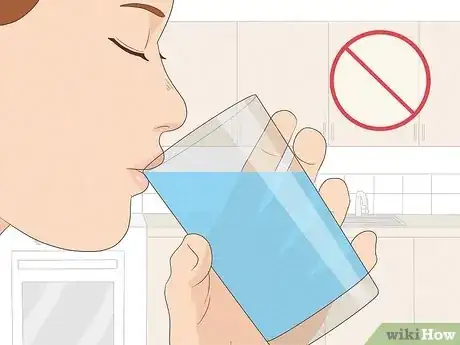
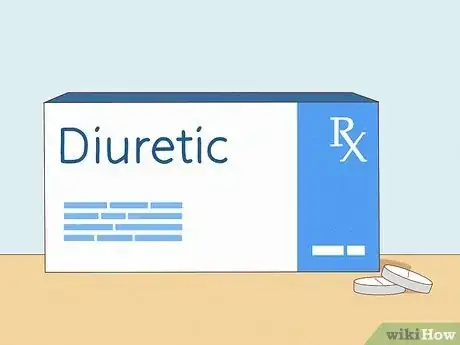



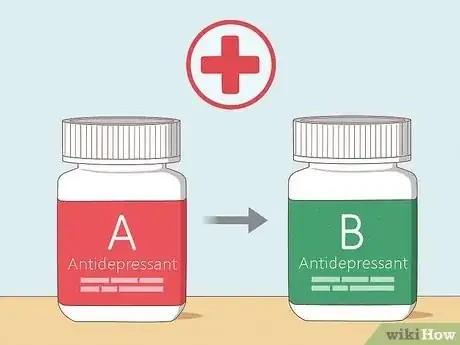

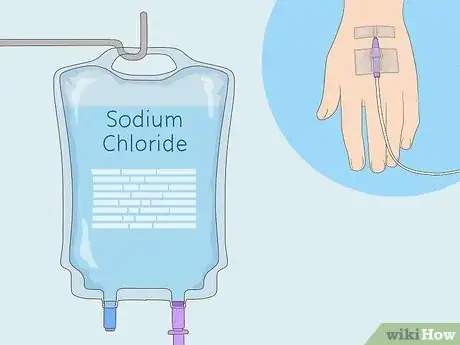

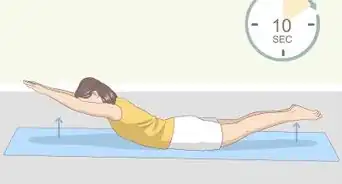
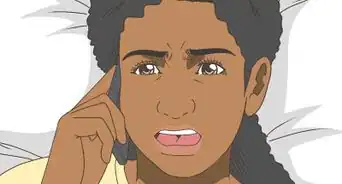
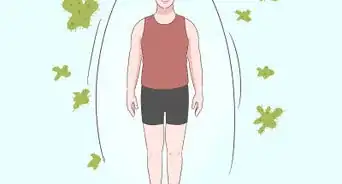
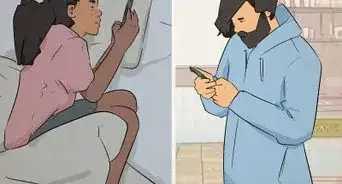
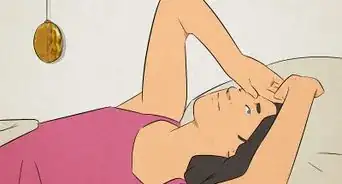
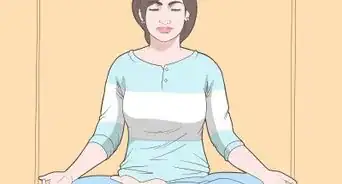
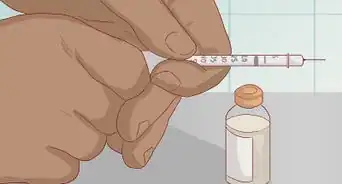
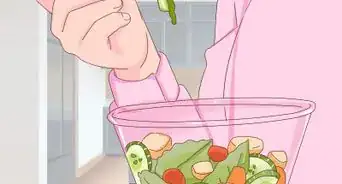
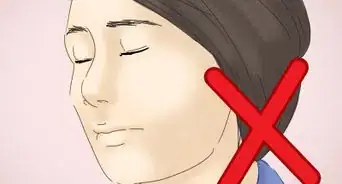
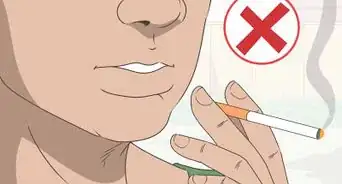
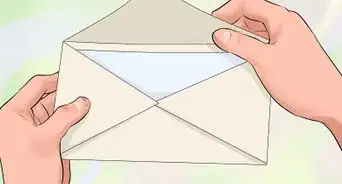
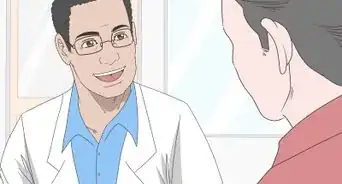







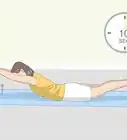
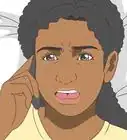
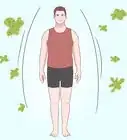
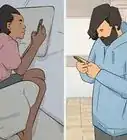



































Medical Disclaimer
The content of this article is not intended to be a substitute for professional medical advice, examination, diagnosis, or treatment. You should always contact your doctor or other qualified healthcare professional before starting, changing, or stopping any kind of health treatment.
Read More...